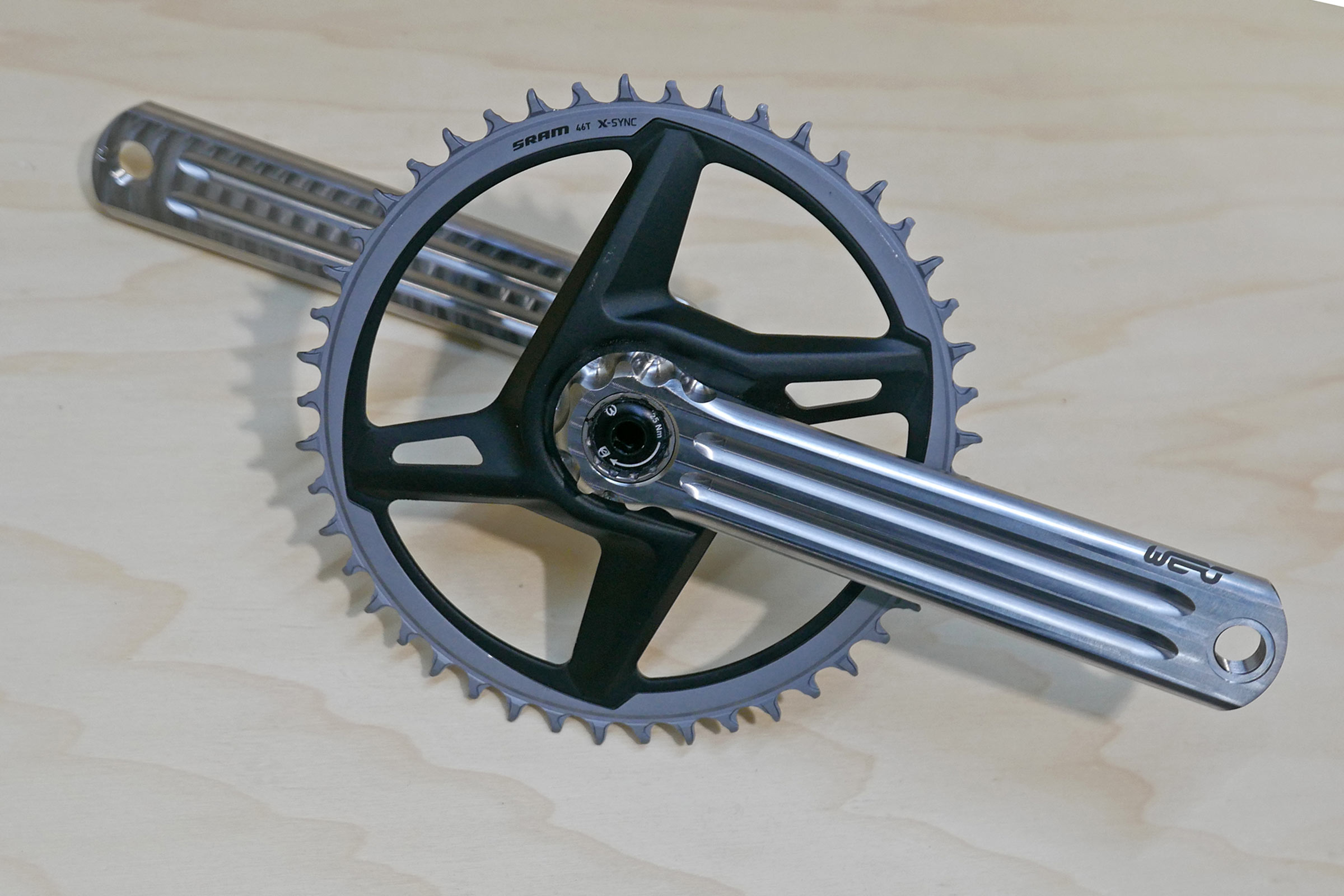
"If you are looking for cranks built to last a lifetime, this new ultralight CNC-machined Wert StW titanium crankset might just be the ticket. With a classic design precisely executed in 6Al-4V titanium, Wert offers three variations of their new StW cranks for either road, gravel, or mountain bikes. And the lightest is said to weigh just 292g for the set of arms, their integrated spindle, and its crank bolts. With a wide range of arm lengths and standard modular construction that can be combined with any drivetrain or a direct mount power meter, this is the kind of component designed to outlast any one bike frame."
"Wert's ultra-lightweight cranks has been in development for more than a decade, having gone through several iterations and material changes over the years. From aluminum to titanium, and from machining to 3D-printing and now back to CNC-machined production in the Netherlands. What once felt like it might never come to market is now a premium ultralight titanium crankset that you can actually buy. Wert founder Rico de Wert describes these new CNC-machined ti cranks as the "masterpiece". Their CNC-machined design isn't all that unique. With 3 full-length holes bored out of the boxy arms and two machined-out channels on the front & back of each arm, they look a lot like my 8-year-old set of Rotor 2INpower meter cranks. But that's not necessarily a bad thing. Those old 7075 aluminum cranks are both stiff and strong. And upgrading a similar design to 6-4 Ti is sure to create a much lighter set of crankarms."
Wert StW crankset is CNC-machined from 6Al-4V titanium and offered in road, gravel, and mountain variants. The lightest configuration weighs 292g for both crank arms, the integrated spindle, and crank bolts. The design features three full-length holes and machined channels to reduce weight while maintaining stiffness and impact resistance. Development spanned over a decade, shifting from aluminum to titanium and from machining to 3D printing before returning to CNC production in the Netherlands. The crankset uses modular construction for broad drivetrain compatibility and can accept direct-mount power meters, aiming for long-term durability across bikes.
Read at Bikerumor
Unable to calculate read time
Collection
[
|
...
]